Combining Drilling and Riveting Processes
Different types of material can be joined in a fast and reliable way by means of mechanical joining methods. In addition, blind riveting has the advantage of one-sided accessibility. While most methods require a counter piece, blind riveting does not need any additional means. Almost all materials can be reliably joined, and specially designed rivets allow to adjust mechanical properties to each application in the best possible way. However, fully automated blind riveting processes in particular have the disadvantage of requiring pre-drilled holes. Although this does not create any problems in sheet production, positioning tolerances during assembly will certainly be unavoidable. Non-aligned boreholes caused by oversized bores make compromises necessary and setting tools need to have a complex drill hole locating function. This reduces process efficiency and profitability in certain applications such as car body construction.
Automated and Chip-Free Process
 With the FDR® process (Flow Drilling Rivet) GESIPA® has developed a patented solution that is particularly suited for fully automated processes. It combines blind riveting and flow drilling. A blind rivet specially designed for this system is driven into the material at a speed of 6,000 rpm without a pre-drilled hole being necessary. Rivet geometry, speed and joining pressure together heat the underlying sheet material and make it start flowing. By this, the rivet is set into the material completely chip-free.
With the FDR® process (Flow Drilling Rivet) GESIPA® has developed a patented solution that is particularly suited for fully automated processes. It combines blind riveting and flow drilling. A blind rivet specially designed for this system is driven into the material at a speed of 6,000 rpm without a pre-drilled hole being necessary. Rivet geometry, speed and joining pressure together heat the underlying sheet material and make it start flowing. By this, the rivet is set into the material completely chip-free.
Clean joining process without expensive drill hole locating procedure
The FDR® process does not only combine the mechanisms but also the advantages of various aspects of mechanical joining methods. The rivet can be individually designed to meet material requirements and stand loads in the best possible way. Accessibility from one side only is required making this process ideally suited for areas that are hard to access. Since the FDR®riveting process does not require pre-drilled holes, it is not influenced by any form and position tolerances. Expensive sensors for locating the drill hole are not necessary which reduces the process time. So, for example, if the time for setting the rivet into aluminium sheets of 2 millimetres is less that one second, a cycle time of 3 seconds can be realised. What is important for production in areas where dirt and dust should be avoided: Since the FDR® process is a forming and not a cutting process, no chips are produced when joining free-flowing materials. In particular, when setting rivets into closed profiles this clean working environment is of high importance. In addition, the bush formed during the process can provide a significant increase in mechanical load bearing capacity as compared to conventional blind rivet joints.
 Automated process with optional process monitoring
Automated process with optional process monitoring
For the FDR® process, GESIPA® offers a setting tool individually designed for this application. The FDR® tool head has been specially developed for automated production and can therefore easily be connected to industrial robots or other handling systems. It is positioned only a few centimetres above the points to be joined. This results in high reliability with low maintenance effort.
Process Monitoring has become of increasing importance for all production sectors over the last years. To meet this requirement, the FDR® setting tool has integrated sensors that can map and monitor the entire process. This guarantees reliable documentation and verification of correct riveting processes. Any deviations are immediately identified and reported which means that errors and resulting costs for possible discrepancies in quality can be avoided.
FDR in action:
Individually designed rivet for your application
Also the rivet is individually designed either by the materials used, its geometry or respective surface coating. Particularly in high-volume applications which the FDR® process is meant for, a specially developed rivet guarantees cost-efficient processes and optimum riveting results.
There’s more from Gesipa in the latest digital edition of Torque Magazine.


